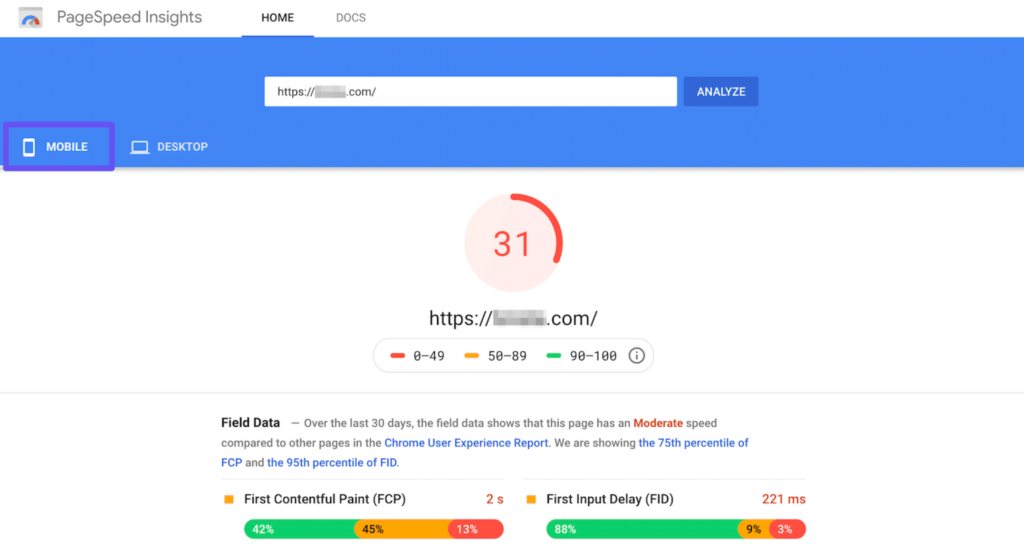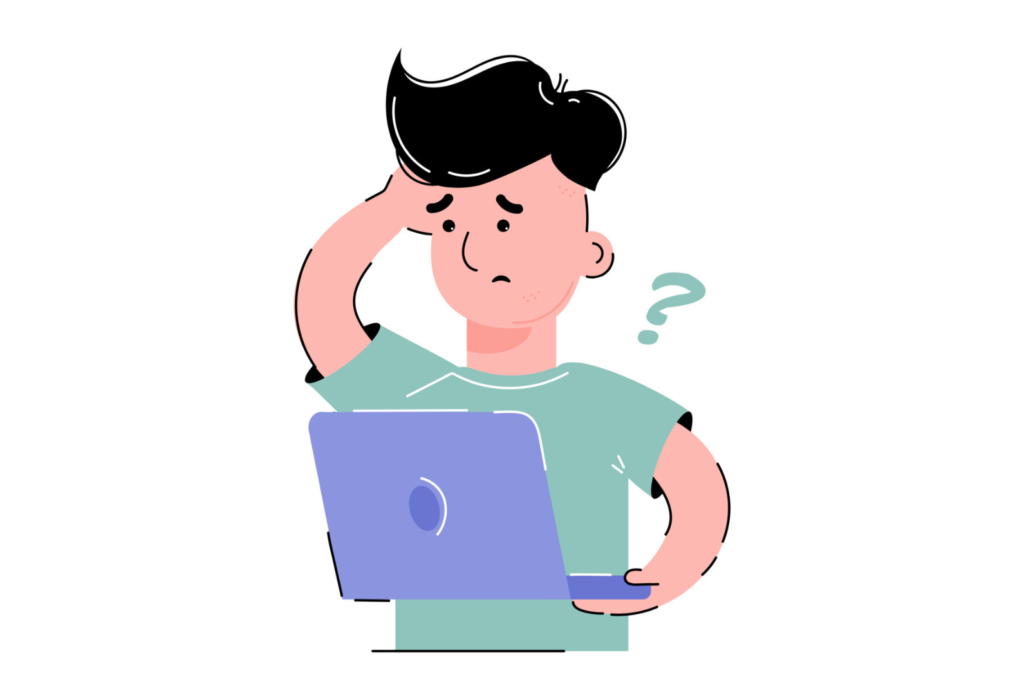In the fast-paced world of e-commerce, creating a website that effectively converts visitors into customers is paramount. This involves more than just having a visually appealing design; it requires a deep understanding of usability, managing customer anxieties, and driving motivation. By focusing on usability, anxiety and motivation (three critical areas), businesses can enhance user experience, address potential concerns that hinder purchases, and inspire customers to take action. This guide delves into the importance of each component, offering actionable strategies to improve your website’s performance and ultimately, boost your conversion rates.
Understanding the U.A.M. Method
The U.A.M. Method focuses on three critical aspects of a website that every business should prioritise.
- Usability: The ease of use and functionality of the site.
- Anxiety: The concerns and questions of visitors.
- Motivation: The compelling reasons and excitement to buy.
After conducting numerous tests and analysing feedback from thousands of clients’ customers, it became clear that any website change generally falls into one of these three categories.
Why Usability is the Foundation?
Usability pertains to how user-friendly your website is, which can be divided into two main areas:
Site Speed
Today, rapid site loading is crucial. With stiff competition, a slow website means losing potential customers.
Enhancing site speed by even one second can boost mobile conversions by up to 27%. Utilise tools like Google’s PageSpeed Insights or GTMetrix to diagnose speed issues. For Shopify users, apps like Nostra can be beneficial.

Clear Navigation
Your website should facilitate easy product discovery and purchase. This includes:
- Simple, intuitive navigation.
- A search function that yields relevant results and allows for easy filtering and sorting.
- Easy product options and customisations without hassle.
In essence, when a customer arrives on your website, they should be able to quickly and easily find and purchase the product they’re looking for, access the information they need, or complete any other action they intended to take.
The Role of Anxiety in Purchasing Decisions
Potential customers often have concerns about making a purchase. These concerns include understanding the product, trusting the brand, and what to do if something goes wrong.
Someone who has purchased from you before may not have these concerns, but these account for approximately 25-30% of e-commerce purchases.
Therefore, the priority for a business must be new customers. People who have never purchased previously, and may have never heard of you before.
Common concerns include:
- Product sizing and ingredients.
- Installation and return policies.
- Trustworthiness and contact options for the brand.
Far too often this information is confusing, hidden, or missing entirely from a website, and in a lot of cases, unanswered questions make visitors unwilling to complete the purchase.

Identifying Customer Anxieties
The best way to understand customer anxieties is through direct feedback. Methods include:
- Surveys: Segment your email list to ask recent buyers and non-buyers about their purchasing decisions and what information matters to them.
- Customer Interviews: Conduct in-depth interviews to explore customer feedback, allowing for detailed understanding beyond survey responses.
- Customer Service Insights: Analyse customer service interactions and common queries to identify frequent concerns and areas needing clarity.
The Significance of Motivation in Conversion
Customers need to be enthusiastic about your product. They should see how it resolves their pain points or helps them achieve desired outcomes. Effective advertising should generate excitement, which must continue on your website to convert visitors into buyers.
Similar to anxiety, uncovering motivation involves research. Surveys, interviews, and reviews can reveal why customers want a product. For instance, reviews on platforms like Amazon can provide insights into what aspects of a product are most valued by customers.

Focusing on your customers’ needs and desires is crucial in 2024. While competitors may copy each other, dedicating time to understanding and addressing your customers’ pain points and desired outcomes will provide substantial value. This approach not only enhances website optimisation but also improves advertising, email marketing, customer support, and even product development.


